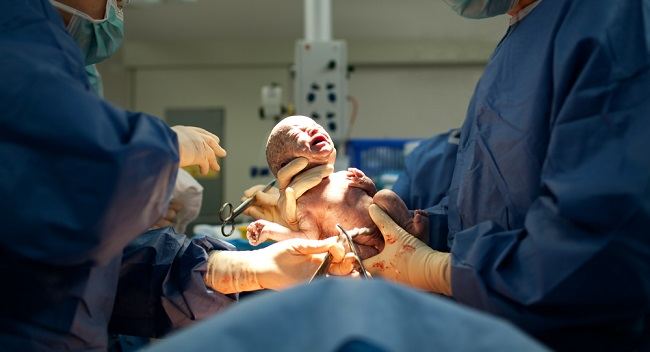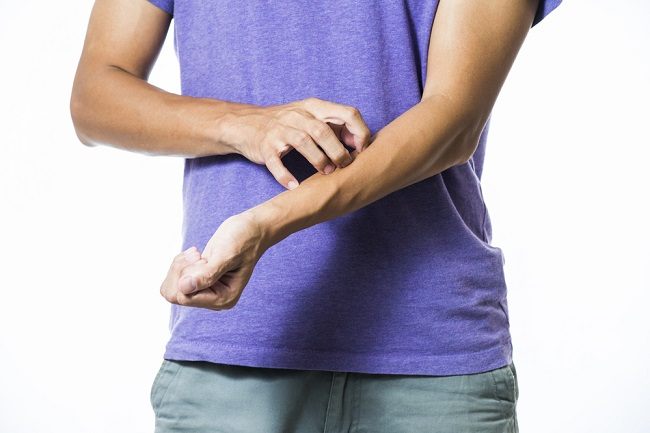Abdominal trauma is an injury which occurs in organs in the stomach, such as the stomach, intestines, pancreas, liver, bile, kidneys and spleen. This trauma can happen consequencepunch or impact thingblunt,or sharp objects.
Abdominal trauma is an injury condition that must be treated immediately. This is important to anticipate and prevent serious complications, such as heavy bleeding (shock), organ damage in the abdomen, abscesses in the abdomen, peritonitis, intestinal obstruction, and abdominal compartment syndrome.

If you don't get immediate treatment from a doctor, severe abdominal trauma that causes bleeding in the abdominal organs has a high risk of causing death.
Recognize the Types of Abdominal Trauma
In general, there are two types of abdominal trauma that are known in the medical world, namely:
Blunt abdominal trauma
Blunt abdominal trauma is trauma caused by a blunt object to the abdomen. This trauma can be caused by a traffic accident, a blow to the stomach, or a fall from a height.
The spleen and liver are the organs most frequently injured by blunt abdominal trauma. Although relatively rare, abdominal injuries can also occur in the pancreas, bile, intestines, bladder, diaphragm, kidneys, and the large blood vessels (aorta) in the abdomen.
Sharp abdominal trauma
Sharp abdominal trauma is trauma caused by a puncture or injury by a sharp object to the abdomen. This trauma can occur from a sharp object stab or gunshot wound to the stomach.
The severity of a sharp abdominal trauma depends on the location of the wound, the shape and sharpness of the object causing it, and how deep the object is piercing into the abdominal cavity.
Abdominal Trauma Treatment
The handling of blunt and sharp abdominal trauma is actually not much different. The most important first aid step in patients with abdominal injuries is to evaluate and stabilize the airway, breathing, and blood circulation.Airway, Breathing and Circulation or ABC). Here is the explanation:
1. A (airway)
First of all, make sure there are no injuries, bruises or open wounds on the neck. After confirming that there is no neck injury, rescue efforts can be made by placing the hand under the victim's chin and elevating it (chin lift) to open the airway. This step is done to help injured victims to breathe better.
2. B (breathing)
This action can be useful to determine whether the victim is really breathing or not. How to check it is to look at the rise and fall of the chest when breathing. If the victim is not breathing, artificial respiration is necessary.
3. C (circulation)
If the victim is not breathing and the pulse is not palpable, the rescuer should immediately perform CPR chest compressions.cardiopulmonary resuscitation) and ask someone else to call an ambulance. Perform CPR until medical help arrives.
Similar to the principle of handling blunt abdominal trauma, abdominal trauma due to sharp objects also prioritizes the ABC principle. But remember, for deep stab wounds in the stomach, do not remove the object because it can cause heavy bleeding that can threaten the life of the victim.
Whatever the type of abdominal trauma, immediately take the victim to the nearest hospital emergency room to get medical help as soon as possible. After the victim's condition is stable, the doctor may perform a laparotomy to stop the bleeding and repair the damage to the abdominal organs.









